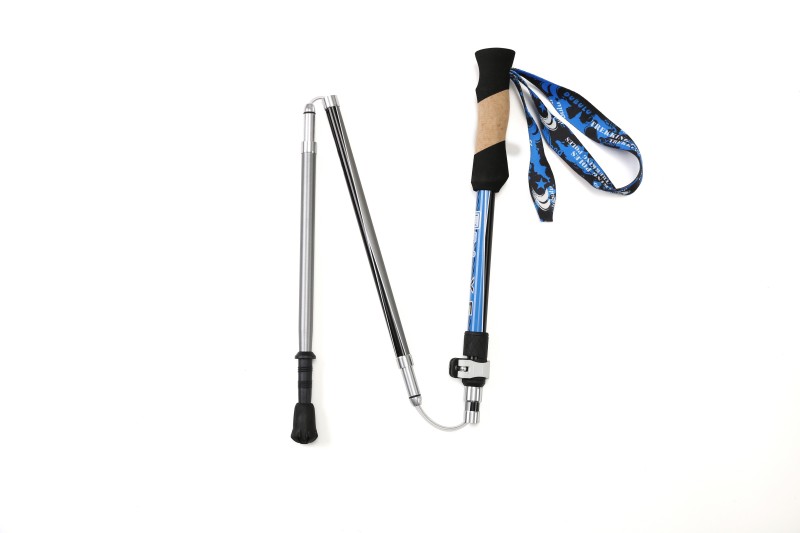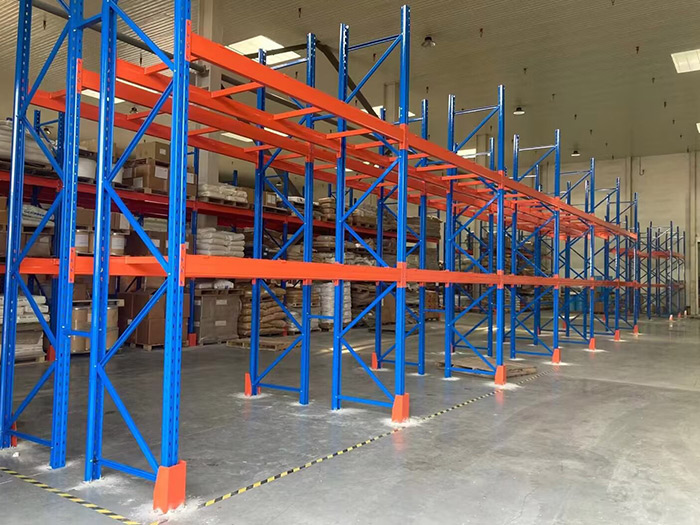In an era where environmental consciousness is at the forefront of consumer behavior, the fashion industry is undergoing a significant transformation. As we grapple with the consequences of fast fashion and its impact on our planet, the question arises: What is the most sustainable piece of clothing? This inquiry delves deeper than mere fabric choices; it encompasses the entire lifecycle of a garment, from production to disposal. In this article, we will explore the multifaceted dimensions of sustainability in clothing, highlighting innovative practices, materials, and the role of consumer responsibility.
Understanding Sustainability in Fashion
Sustainability in fashion refers to the creation of clothing that minimizes environmental impact while promoting ethical labor practices. This concept is rooted in three core pillars: environmental integrity, social equity, and economic viability. To identify the most sustainable piece of clothing, we must evaluate these dimensions comprehensively.
- Environmental Integrity: This aspect focuses on reducing the ecological footprint of clothing production. Sustainable fabrics, such as organic cotton, Tencel, and hemp, are cultivated with minimal chemical inputs and water usage. Additionally, innovations like recycled polyester and upcycled materials are gaining traction, transforming waste into valuable resources.
- Social Equity: Ethical labor practices are paramount in sustainable fashion. The most sustainable clothing is often produced in fair working conditions, ensuring that workers receive fair wages and are treated with respect. Brands that prioritize transparency in their supply chains and adhere to fair trade principles contribute significantly to social sustainability.
- Economic Viability: For sustainability to be effective, it must also be economically viable. This means that sustainable clothing should be accessible to a broad audience, encouraging widespread adoption. Brands that balance quality, affordability, and sustainability pave the way for a more responsible fashion industry.
The Lifecycle of Clothing: A Holistic Approach
To determine the most sustainable piece of clothing, we must consider its entire lifecycle, which includes raw material sourcing, manufacturing, transportation, usage, and end-of-life disposal.
- Raw Material Sourcing: The journey begins with the choice of raw materials. Organic and regenerative farming practices not only reduce chemical usage but also enhance soil health and biodiversity. For instance, organic cotton farming uses 91% less water than conventional methods, making it a strong candidate for sustainable clothing.
- Manufacturing: The production process is another critical factor. Brands that utilize renewable energy sources, implement water-saving technologies, and minimize waste during manufacturing significantly reduce their environmental impact. For example, companies like Patagonia and Eileen Fisher are known for their commitment to sustainable manufacturing practices.
- Transportation: The carbon footprint associated with transporting clothing from factories to consumers is often overlooked. Local production and sourcing materials closer to the point of sale can drastically reduce emissions. Brands that adopt a localized approach contribute positively to sustainability.
- Usage: The way consumers care for their clothing also plays a role in sustainability. Washing clothes in cold water, air drying, and repairing rather than discarding can extend the life of garments. Brands that educate consumers on proper care practices foster a culture of sustainability.
- End-of-Life Disposal: Finally, the disposal of clothing is a critical consideration. The most sustainable piece of clothing is one that can be easily recycled or composted. Brands that offer take-back programs or utilize biodegradable materials are leading the charge in closing the loop on fashion waste.
The Most Sustainable Piece of Clothing: A Case Study
While it is challenging to pinpoint a single piece of clothing as the most sustainable, certain garments exemplify the principles of sustainability. For instance, a simple, well-constructed organic cotton t-shirt produced by a fair trade certified brand can serve as a model for sustainable fashion. This t-shirt would be made from organic cotton, manufactured in ethical conditions, and designed for longevity, allowing for multiple uses and minimal environmental impact.
Moreover, brands like Reformation and Everlane are redefining sustainability by offering transparency in their production processes and emphasizing the importance of quality over quantity. Their commitment to ethical practices and sustainable materials sets a benchmark for the industry.
Consumer Responsibility: The Key to Sustainable Fashion
Ultimately, the most sustainable piece of clothing is not solely defined by its material or production process but also by the choices consumers make. By opting for sustainable brands, supporting ethical practices, and embracing a minimalist wardrobe, consumers can drive demand for sustainable fashion. Educating oneself about the environmental and social implications of clothing choices is crucial in fostering a more sustainable future.
Conclusion
In conclusion, the quest for the most sustainable piece of clothing is a complex and evolving journey. It requires a holistic understanding of sustainability, encompassing environmental, social, and economic dimensions. By prioritizing ethical practices, innovative materials, and responsible consumer behavior, we can collectively contribute to a more sustainable fashion industry. As we navigate this landscape, let us remember that every choice we make has the power to shape the future of fashion and our planet.


